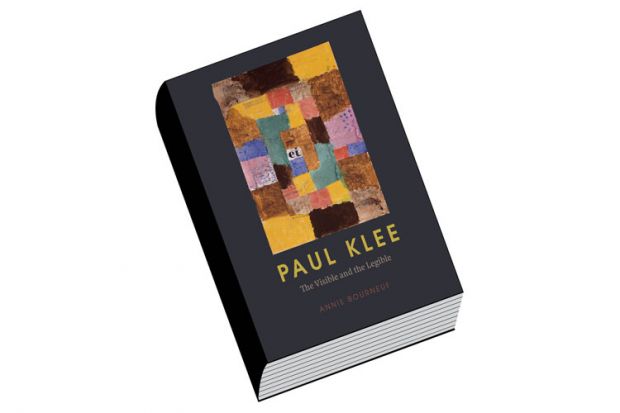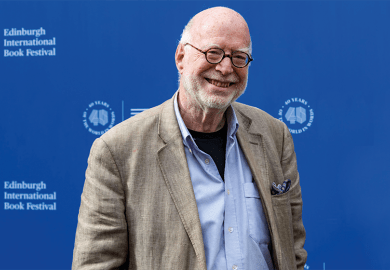“Three days in Weimar and one can never look at a square again for the rest of one’s life,” Paul Westheim wrote of a 1923 exhibition that included grid paintings by Paul Klee. Annie Bourneuf’s study shows Klee critically engaging with ideas around him, questioning and probing his peers’ theories and practices. Although she discusses Klee’s explorations of children’s drawings, fantastic art and synaesthesia, her primary focus is the graphic elements of his work.
She ties her argument to close discussion of Klee’s paintings from the late 1910s to early 1920s. These works incorporate myriad systems for making marks on a surface, including cartography, typography, diagrams, alphabets, handwriting and notation, as Klee explored picture writing, hieroglyphs, runes, pictograms and Chinese characters. He was concerned with the relationship between seeing and reading, asserting that writing and drawing had a common origin. One of his paintings is titled Concentrated Novel; others attempt visual representations of Chinese poems, and still others he described as “watercoloured writing”.
Bourneuf also examines the theoretical sources that Klee was influenced by and reacted against, in particular Gotthold Ephraim Lessing’s influential text Laocoon, which claimed poetry as temporal and painting as spatial. Clement Greenberg said that Picasso “sees the picture as a wall, while Klee sees it as a page”. Bourneuf shows that “grazing” the painting, as Klee called it – scripting the viewer’s gaze and laying down paths for the viewer’s eye – is modelled on reading. Her discussion of New Typography and modernised reading theory at Bauhaus is illuminating: there was a sense in the 1920s, as now, that “the archaic stillness of the book” had had its day.
Art theory then, as always, was tied up with the politics around it, and Bourneuf discusses Klee’s work in the context of the First World War, the failed socialist Bavarian Republic of 1919, and a general rejection of moribund culture expressed so forcefully, for example, by the Futurists. The form and modest scale of Klee’s pictures address the viewer as private individual at a time when this was seen as capitalist luxury and the very opposite of a collective address that artists should be searching for. Making private art or literature for the individual was a political statement in an age when, as Bourneuf observes, “the typographical avant-garde sought to make printed matter that would refuse a contemplative mode of reading as withdrawal”.
Bourneuf’s cogent and scholarly discussion illuminates Klee’s critical engagement with the ideas and practices of other artists, including Kandinsky, van Doesburg and Moholy-Nagy. She sometimes labours her points, but the points themselves are nevertheless strong and insightful. She shows Klee working counter to the Bauhaus ideals of a new union between picture and architecture and the reimagining of the artist as engineer, and indeed there was resistance to his appointment as a master at the Bauhaus in 1921.
This book offers a salutary lesson for artists who mistakenly imagine painting to be simply about technique and making and who have constructed an illusory division between practice and theory. Bourneuf effectively demonstrates how Klee’s artwork is itself a critique of theories and practices, and she conjures up for the reader the muscularity of artists’ thinking about art in that period.
Tracey Warr was formerly senior lecturer in fine art theory, Oxford Brookes University. She is co-editor of Remote Performances in Nature and Architecture (2015).
Paul Klee: The Visible and the Legible
By Annie Bourneuf
University of Chicago Press, 256pp, £31.50
ISBN 9780226091181 and 6233604 (e-book)
Published 1 September 2015
Register to continue
Why register?
- Registration is free and only takes a moment
- Once registered, you can read 3 articles a month
- Sign up for our newsletter
Subscribe
Or subscribe for unlimited access to:
- Unlimited access to news, views, insights & reviews
- Digital editions
- Digital access to THE’s university and college rankings analysis
Already registered or a current subscriber? Login




